In modern home decoration, LED mirror (with illuminated bathroom mirrors/vanity mirrors) are gradually replacing traditional mirrors and becoming the core configuration of grooming and beauty care areas. Compared with ordinary mirrors, LED mirrors not only provide more uniform, soft, and controllable light but also offer significant advantages in aesthetics, ease of operation, storage, and energy efficiency. So, how can one choose the LED mirror that is more suitable for oneself amid increasingly diverse products, such as shape, size, color temperature, and intelligent functions? The following provides a systematic selection approach from a professional perspective.
1. Why are more and more families choosing LED mirrors?
Industry lighting research data shows that the average lifespan of LED light sources can reach 30000-50000 hours, significantly higher than that of traditional halogen or incandescent lamps (source: EnergyStar.gov). In regular daily use, a qualified LED mirror can last for many years without needing to replace the light source.
On the other hand, the directional and diffusive ability of LED light strips enables them to reduce facial shadows and improve the precision of makeup, shaving, and skincare. Light quality and light-field uniformity have become key drivers for LED mirrors replacing traditional mirrors.
In addition, the trend of home space design is also driving the popularity of LED mirrors. Many newly installed bathrooms or dressing areas have already considered lighting and mirrors as integrated structures from the beginning of planning, rather than dispersed installations.
2. The first element for selecting LED mirrors: size and proportion
When choosing an LED mirror, the size should be proportional to the sink's width. Generally speaking, the width of a mirror should be slightly smaller than that of a washbasin for better visual coordination. For example, if the width of the washbasin is between 24-30 inches, you can choose a mirror that is approximately 20-26 inches wide; If the width of the washbasin is between 30-36 inches, choosing a mirror width of 24-34 inches would be more appropriate; For double or large-sized washbasins between 48-60 inches, a mirror within the range of 36-50 inches can be considered.
In summary, the pattern can be summarized as a simple principle: if the mirror is slightly narrower by 2-6 inches than the tabletop, the overall proportion will be more balanced.
The mirror is usually set at 28-36 inches, allowing the line of sight to naturally fall in the center of the mirror when standing. As for shape, it can be chosen according to the overall spatial style: rectangular mirrors with clear lines are the most versatile; circular or oval shapes can soften the bathroom atmosphere; frameless mirrors appear more concise and modern; and a narrow metal frame offers a more pronounced sense of refinement and design.
3. Lighting effect: the core competitiveness of LED mirrors
When choosing LED mirrors, light is more important than appearance.
Attention should be paid to the following three points:
Adjustable color temperature
It is recommended to support seamless adjustment between 2700K and 6500K for daily use, to accommodate different situations such as early-morning awakening, nighttime skincare, and fine makeup application.
Color rendering index (CRI)
The higher the CRI value, the more realistic and natural the facial skin tone.
It is recommended to choose products with a CRI ≥ 90 to avoid color differences in makeup.
uniform brightness
Lighting should be evenly scattered from all sides of the mirror or backlight to avoid the formation of obvious shadow areas.
A survey analysis shows that female users prioritize "lighting effect" when choosing a vanity mirror, while men are more concerned with defogging and ease of operation (source: HomeImprovementResearch.org).

4. Do you need defogging, touch control, and intelligent functions?
In terms of functional configuration, it can be filtered based on daily usage habits. For example, the defogging and heating function is efficient. When the mirror is prone to producing water vapor after taking a shower, it can help keep the mirror surface clear, so it is recommended to choose it first. The adjustable brightness and color temperature function helps address different usage scenarios and is another recommended configuration.
In terms of switch mode, if you want to avoid water stains from touching the mirror surface during use, you can choose a touch switch or gesture sensing control. If brightness and color temperature are frequently adjusted, the dimming memory function can reduce the number of steps per reset and is worth considering.
Some products also offer additional expansion features, such as built-in Bluetooth speakers, time and temperature displays, or hidden storage structures integrated with mirror cabinets. This type of function mainly enhances the atmosphere and convenience of use, and is suitable for people with more personalized needs. Small or limited storage areas for hand washing are particularly ideal for mirror cabinet design.
If the installation location is damp, special attention should be paid to the waterproof level. It is recommended to choose products with IP44 or higher to ensure the safety and reliability of the circuit.
5. The installation method and structural process both affect the user experience
LED mirror installations are mainly divided into wall-mounted, embedded, and storage mirror cabinet types.
Wall-mounted: Flexible installation, suitable for most households.
Embedded: cleaner and visually more advanced, but requires a pre-reserved power supply and openings.
Storage objective cabinet type: It combines lighting, a mirror, and storage, making it especially suitable for home wash spaces with a lot of makeup and skincare products.
In terms of material and craftsmanship, the following indicators can be noted:
The mirror surface should be made of high-transparency lead-free silver, providing more precise imaging without discoloration.
The frame structure should use aluminum alloy or moisture-resistant materials to prevent deformation from long-term exposure to moisture.
The power drive part should have overheating and short-circuit safety protection.
6. Energy consumption and durability: the long-term value of LED mirrors
According to energy assessment data from the lighting industry, LED light sources can save an average of 40%-70 % of energy compared to traditional light sources (source: EnergyStar.gov).
Based on one hour of daily use, an LED mirror with a power consumption of approximately 12-18W consumes only a small amount of electricity annually, resulting in lower long-term maintenance costs.
In addition, products that support replaceable light source modules are easier to maintain and have lower replacement costs in the future.
7. Summary: How to make efficient purchasing decisions?
The purchasing logic of LED mirrors can be summarized in one formula:
Suitable size + realistic lighting + sufficient functionality + reasonable installation + reliable material = easy-to-use LED mirror
If you want to further optimize the experience, you can consider:
The color temperature adjustment range is complete.
CRI ≥ 90
Defogging + Dimming Memory
High transparency reflective silver mirror + moisture-proof frame structure
The value of LED mirrors is not only reflected in the mirror itself, but also in the clarity, atmosphere, and spatial order it brings to daily care.
With the further integration of lighting, sensing, and home systems, LED mirrors are continually evolving toward "beauty+practicality+intelligence," making them a high-return investment for home decor upgrades.

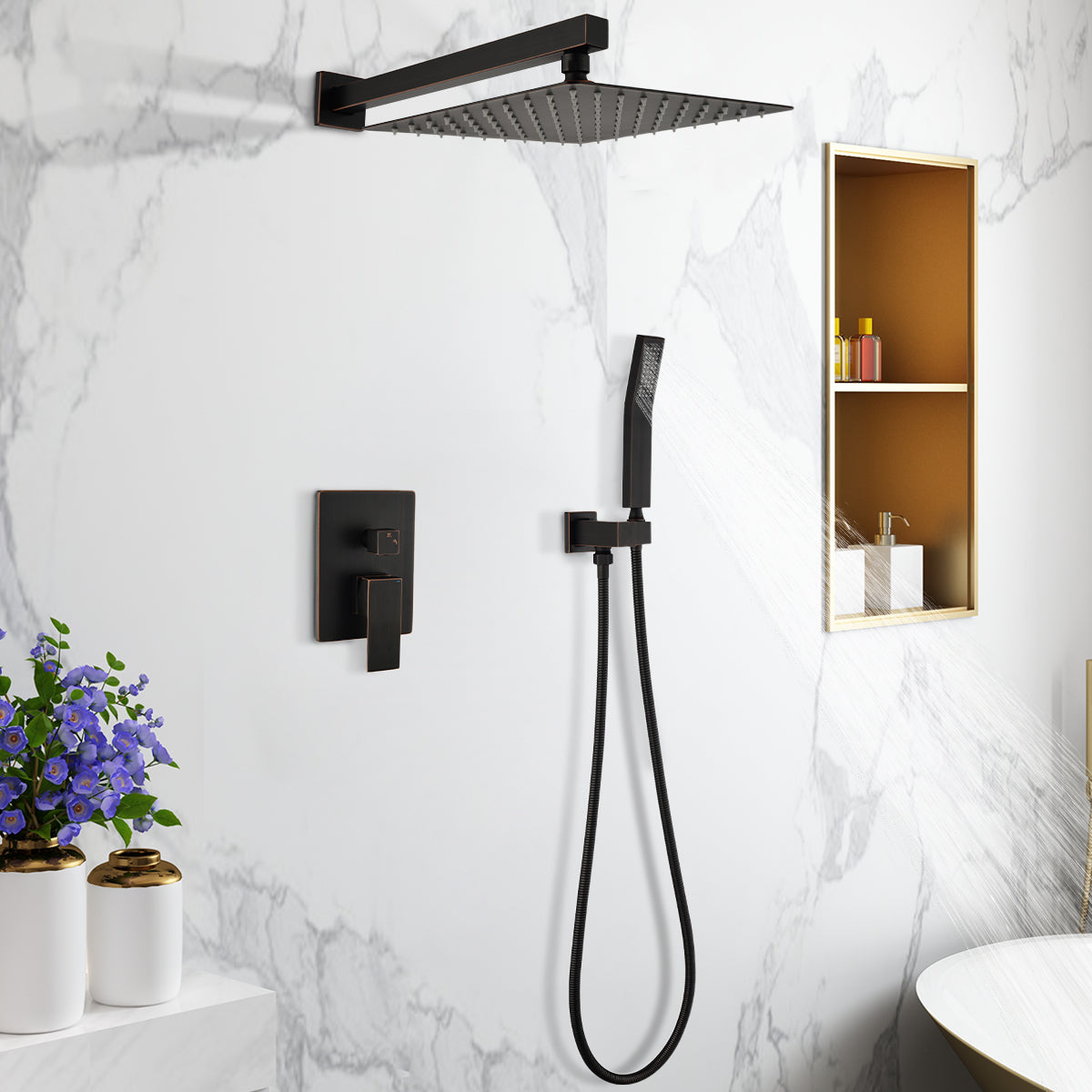






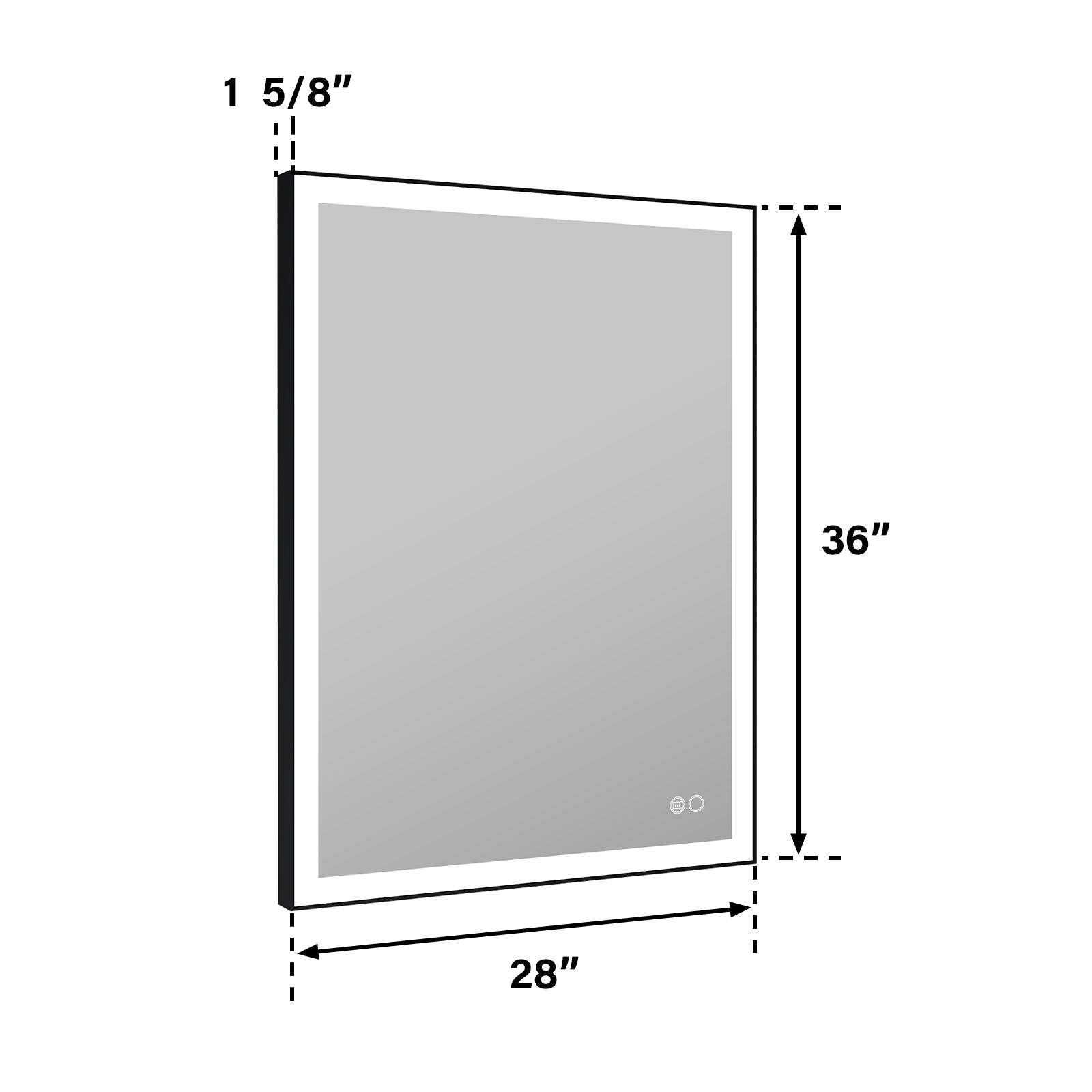


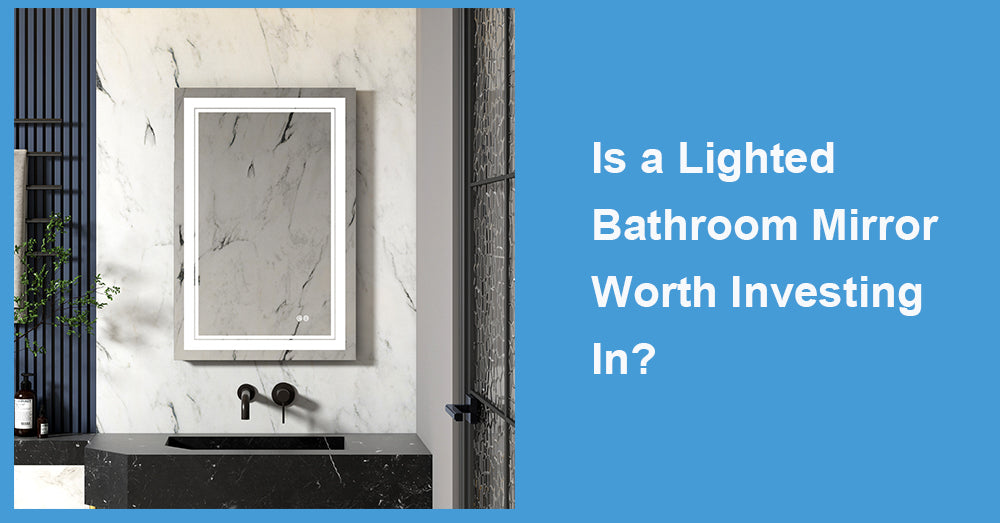
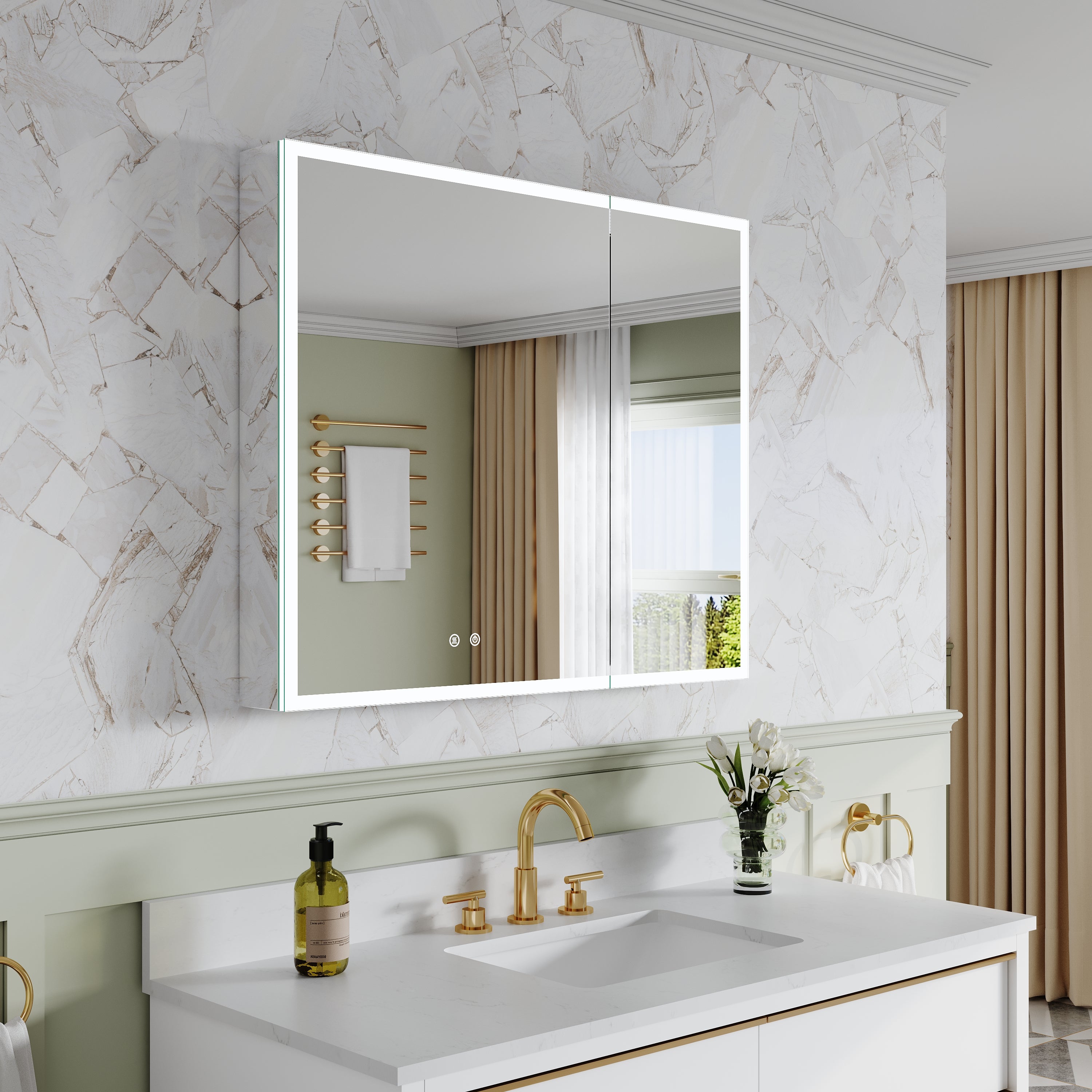
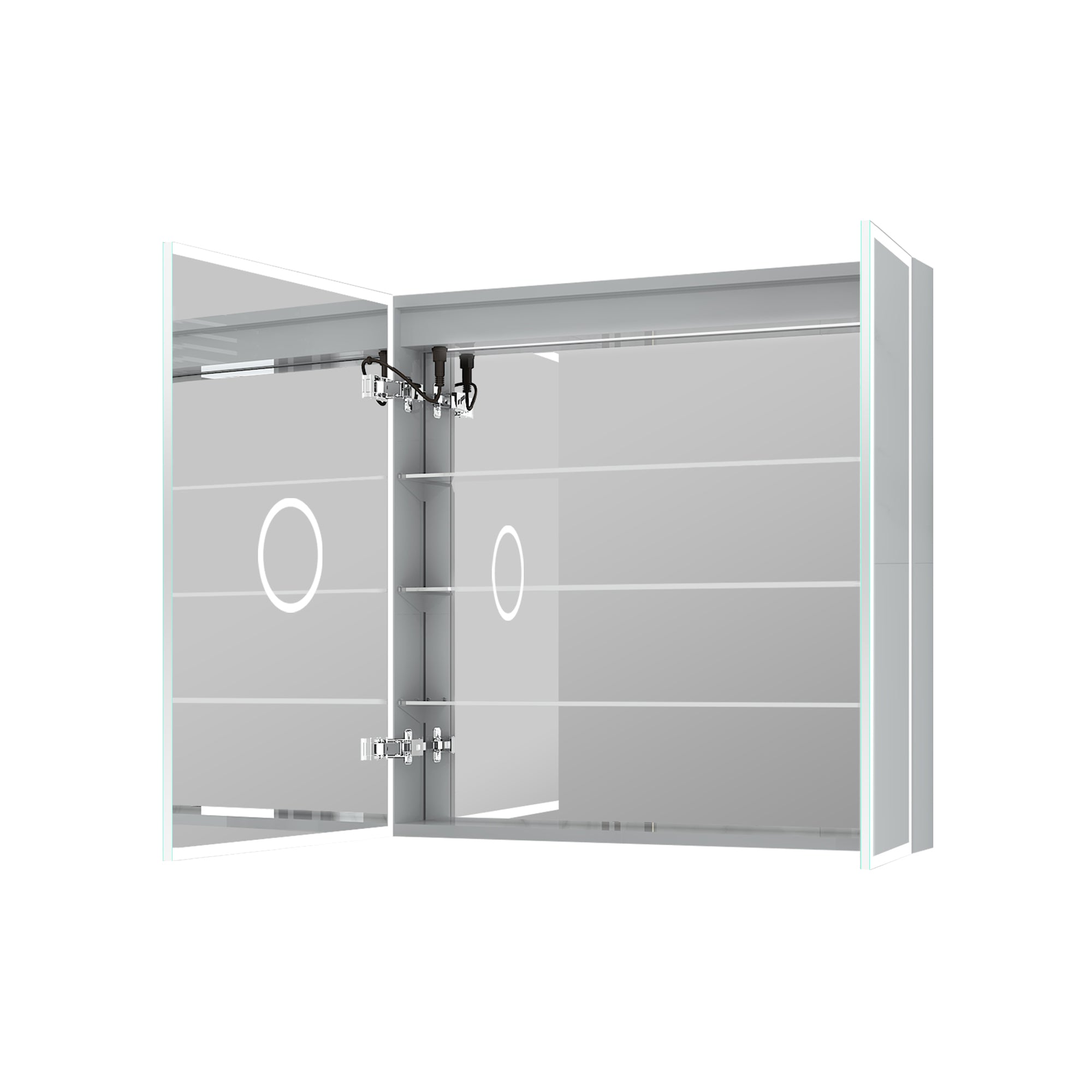
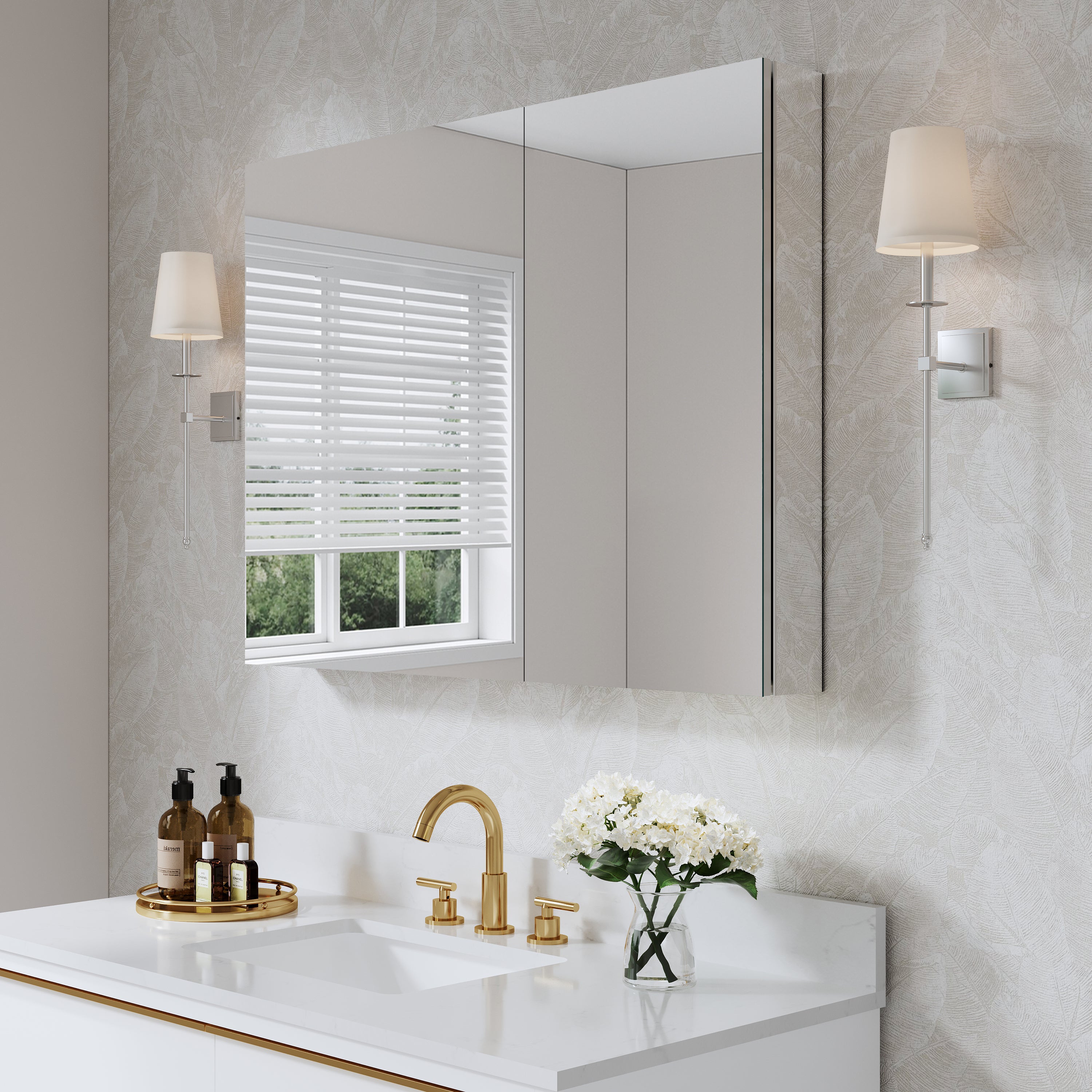

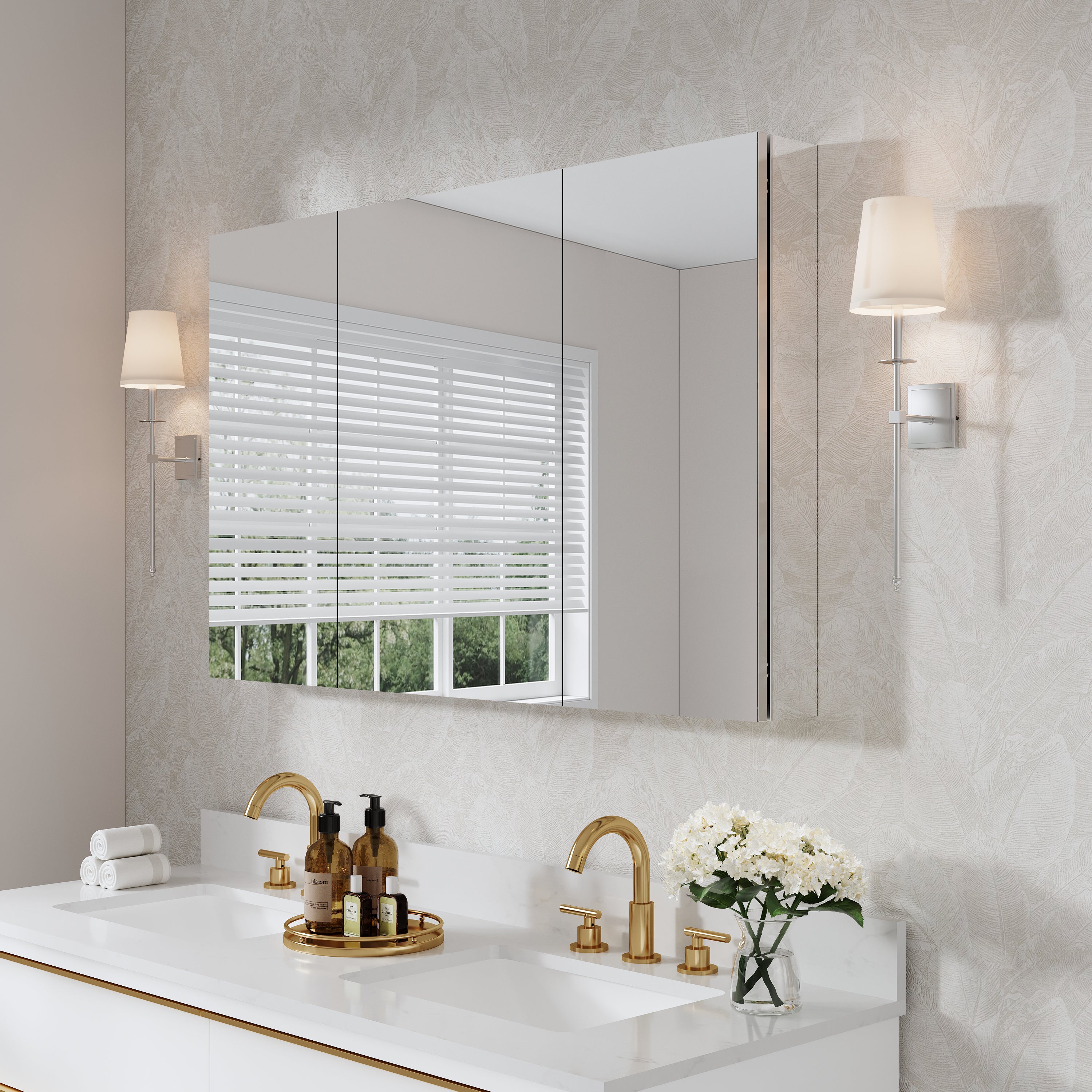
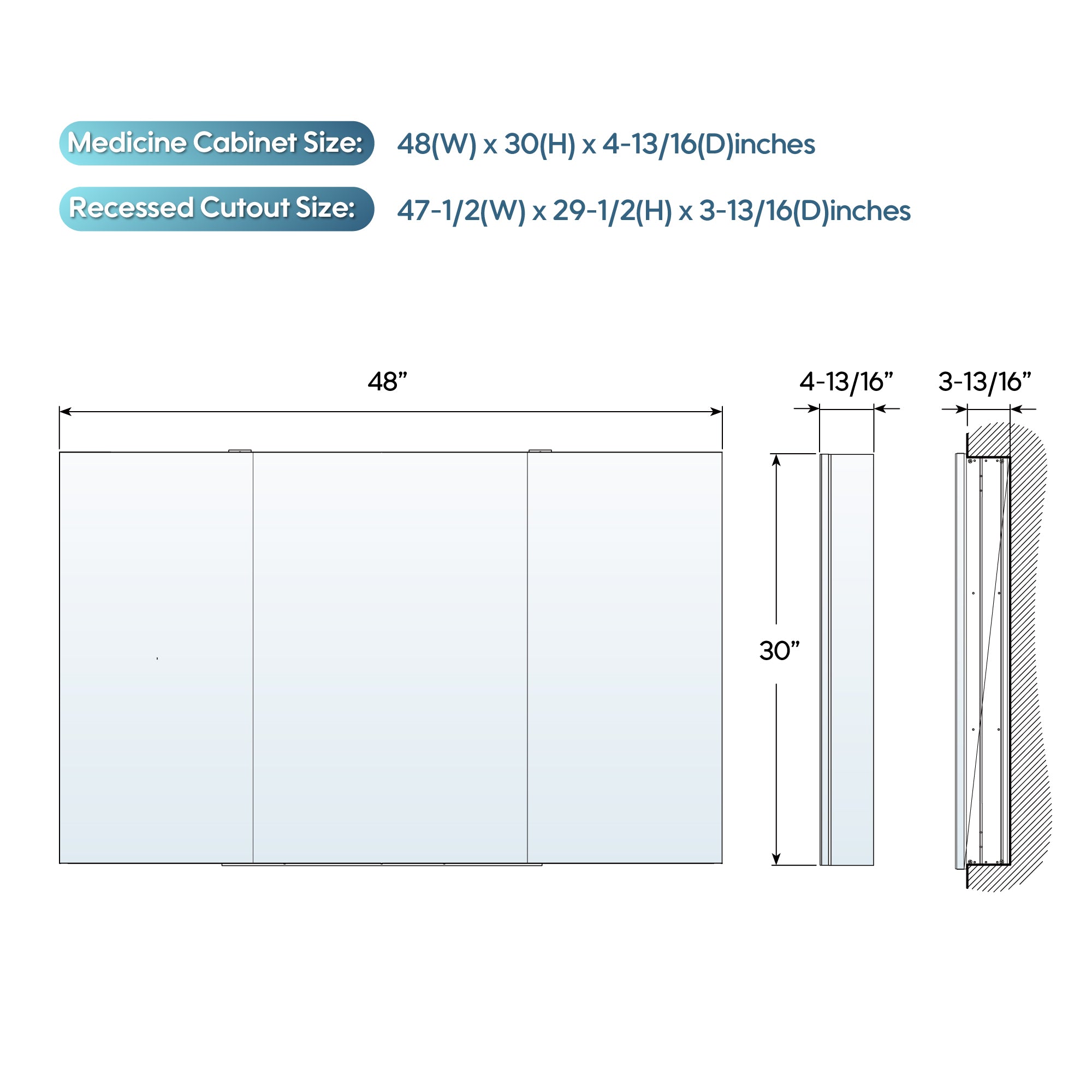

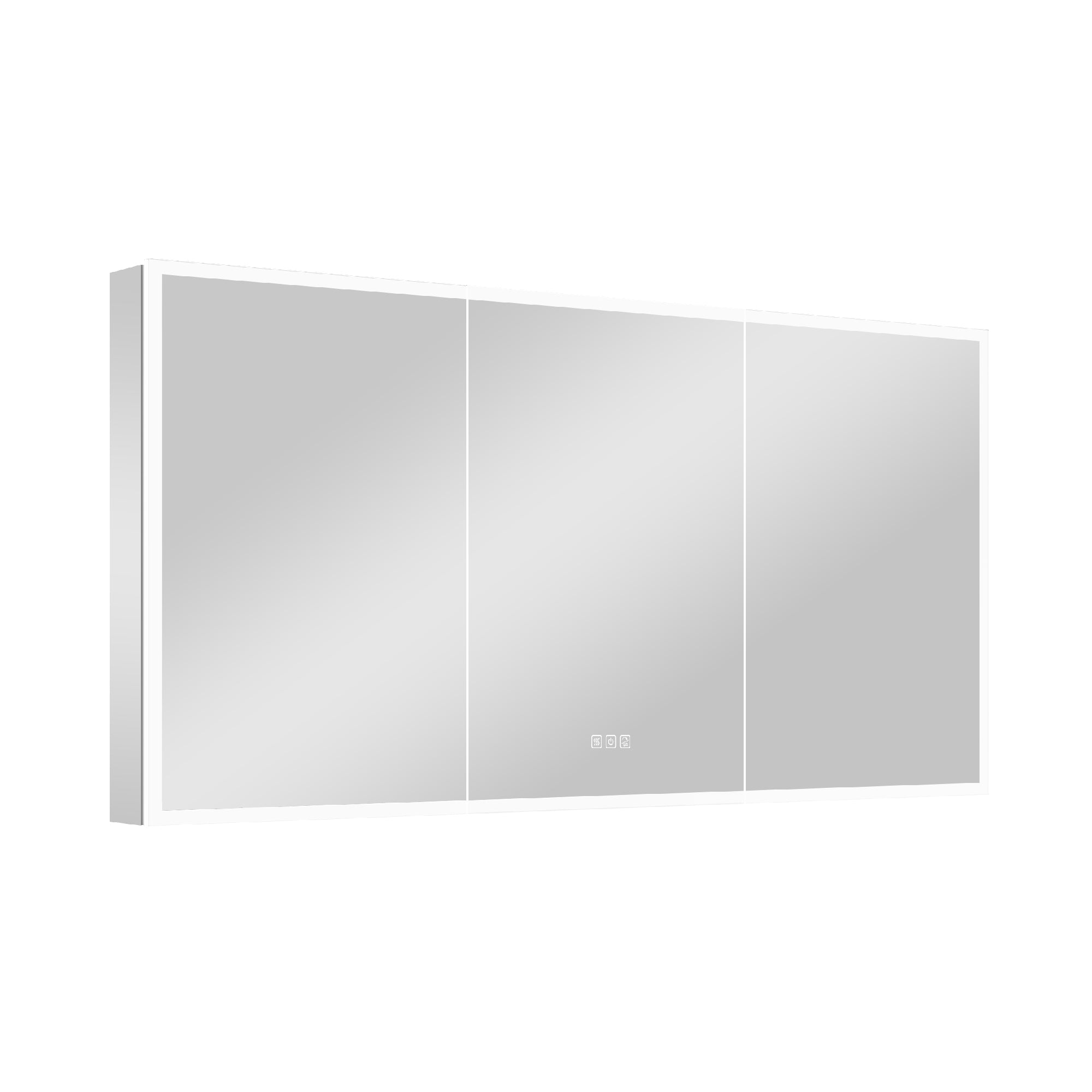
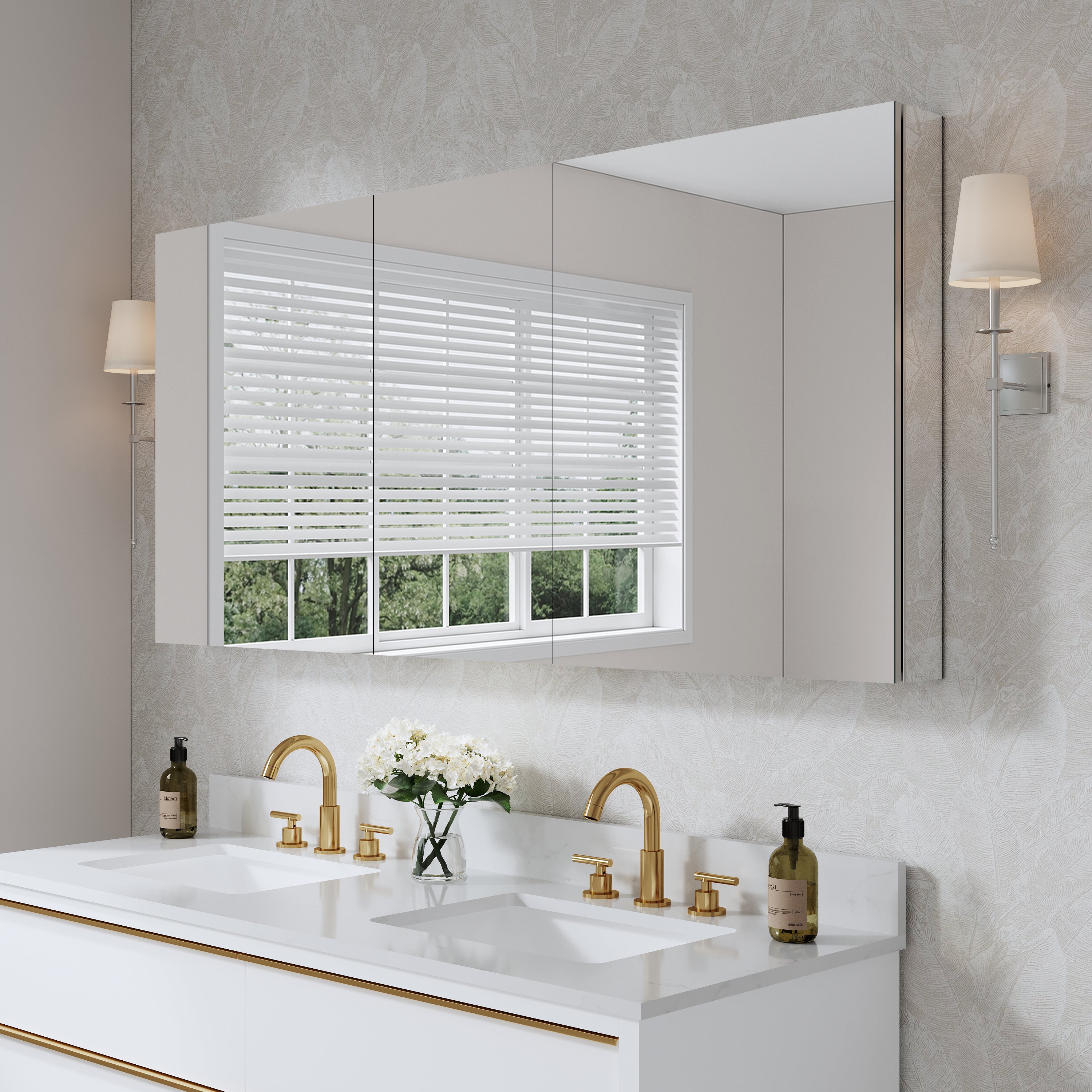




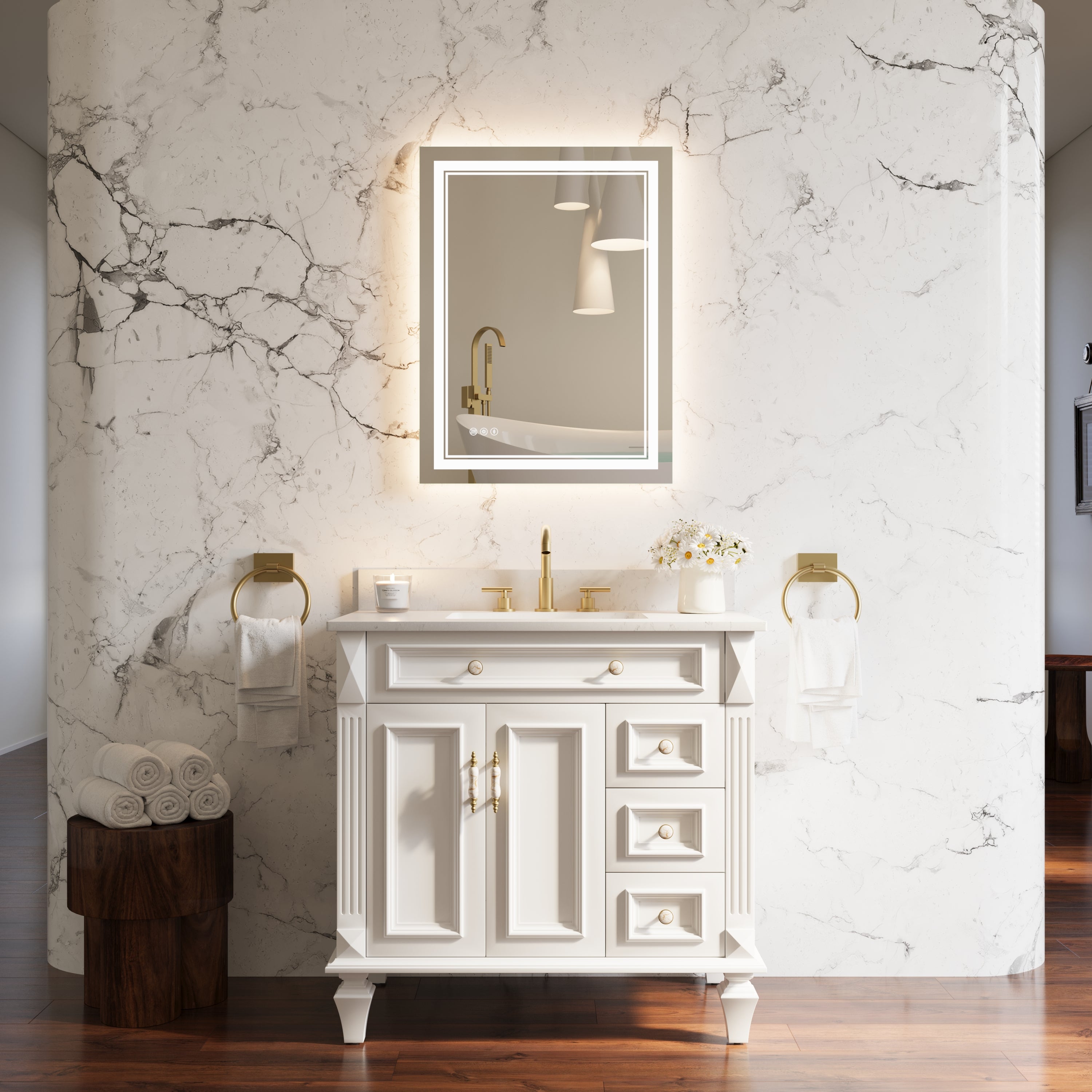
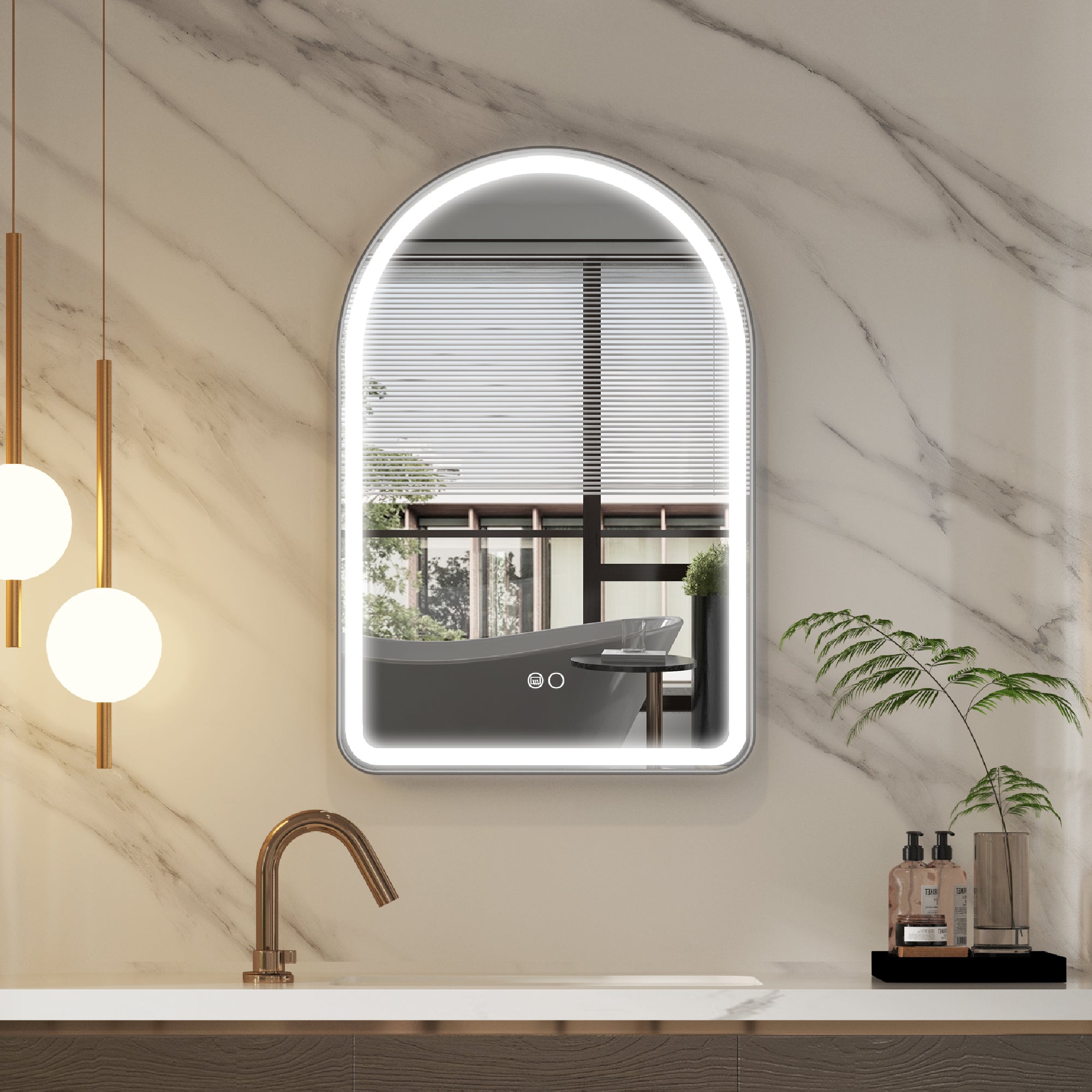
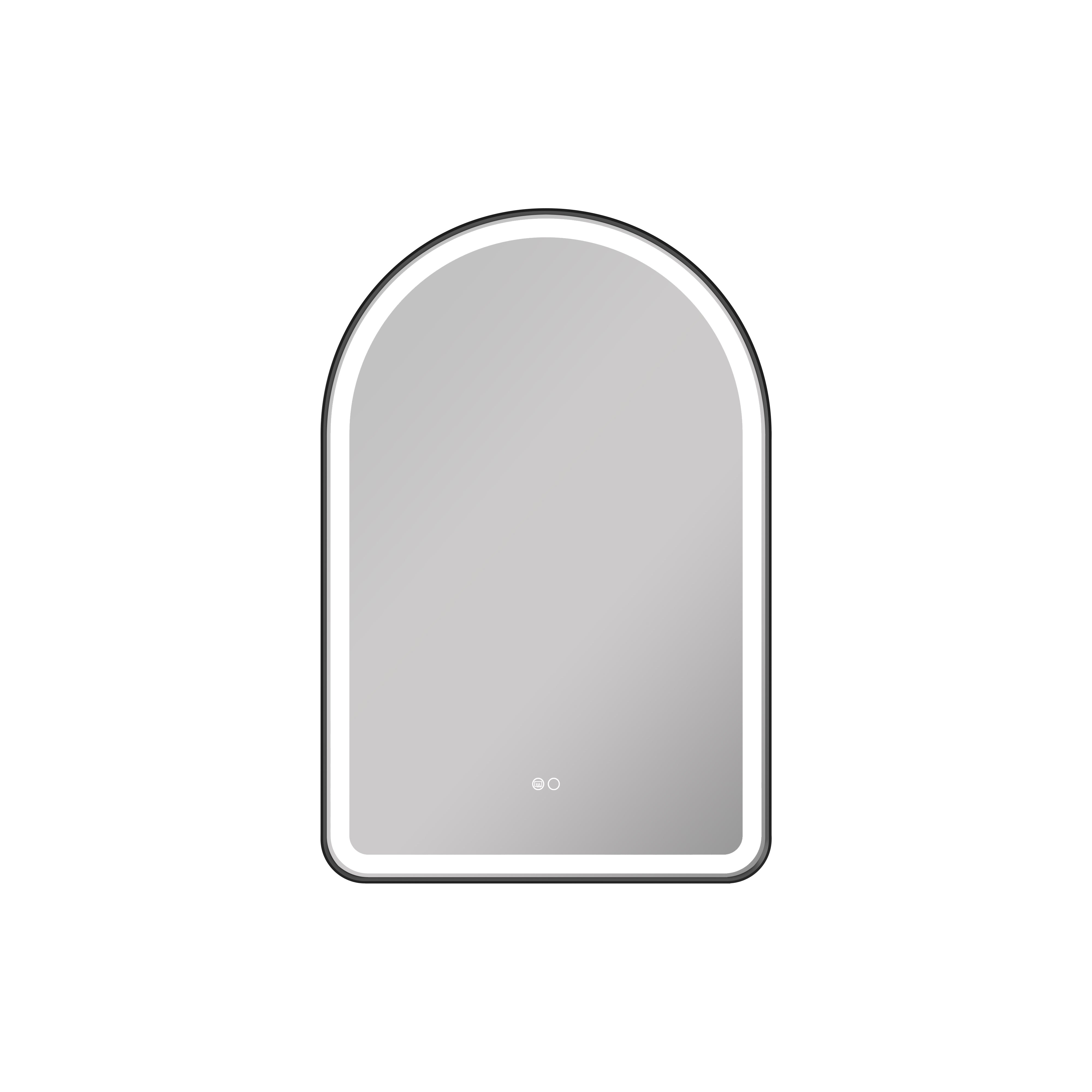

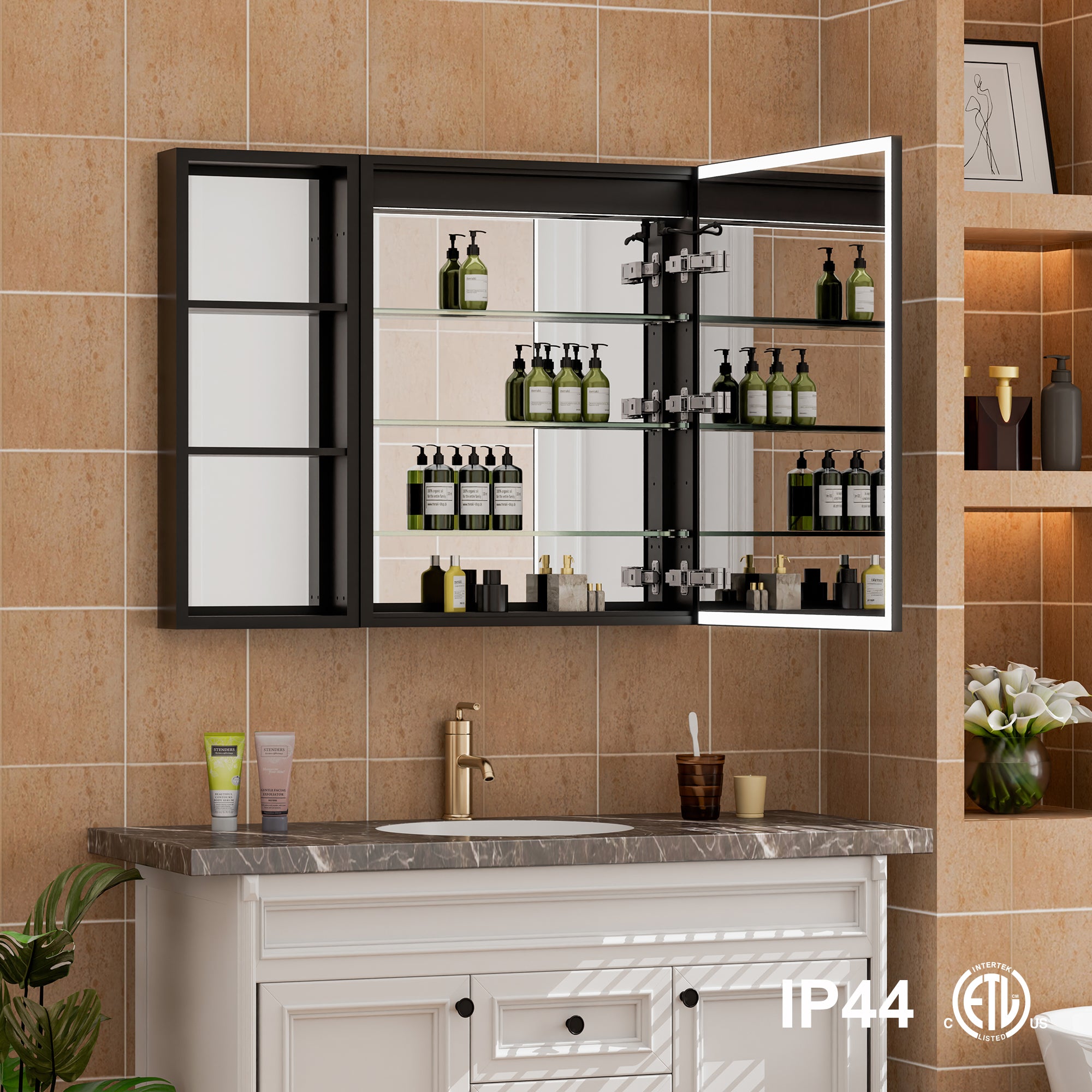
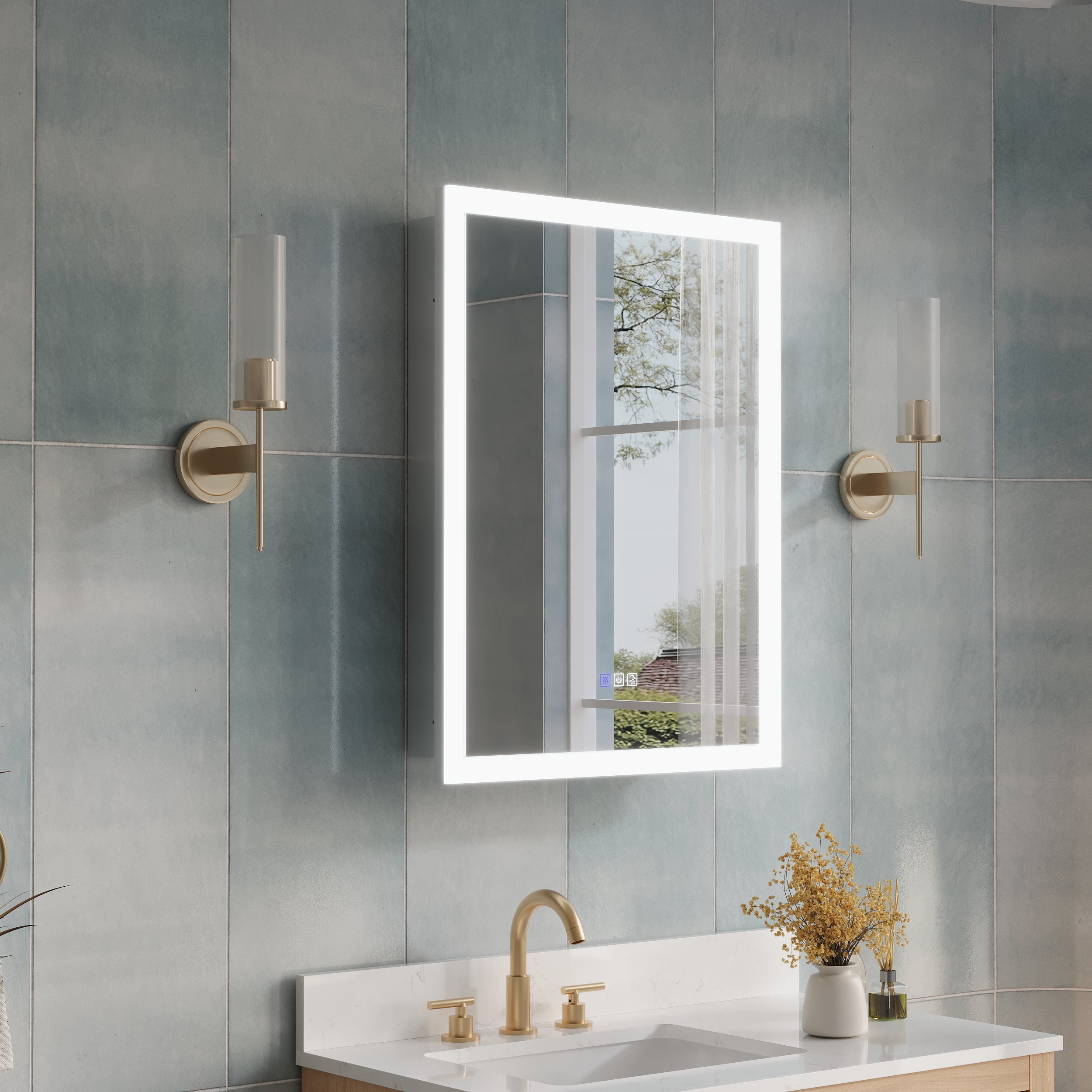
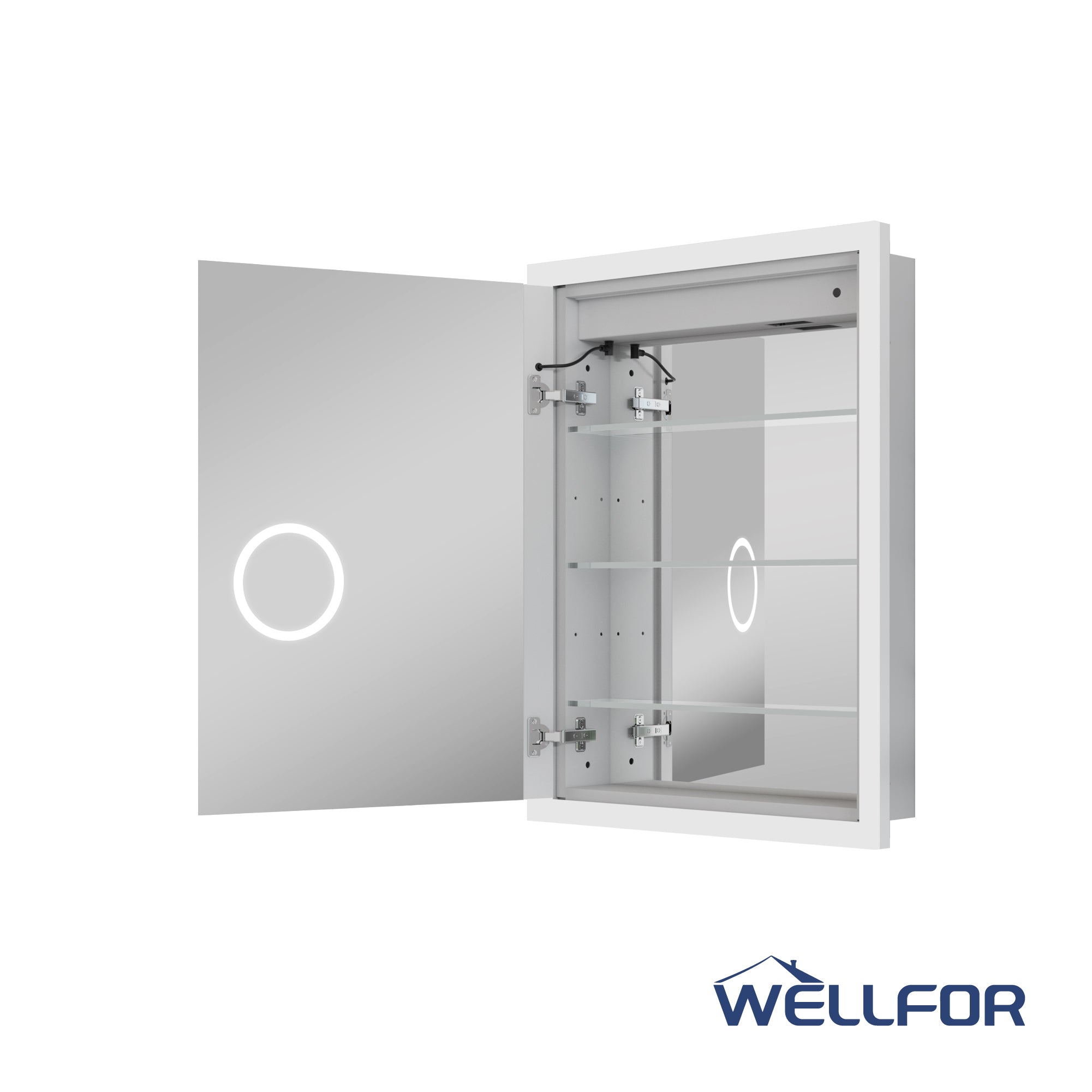
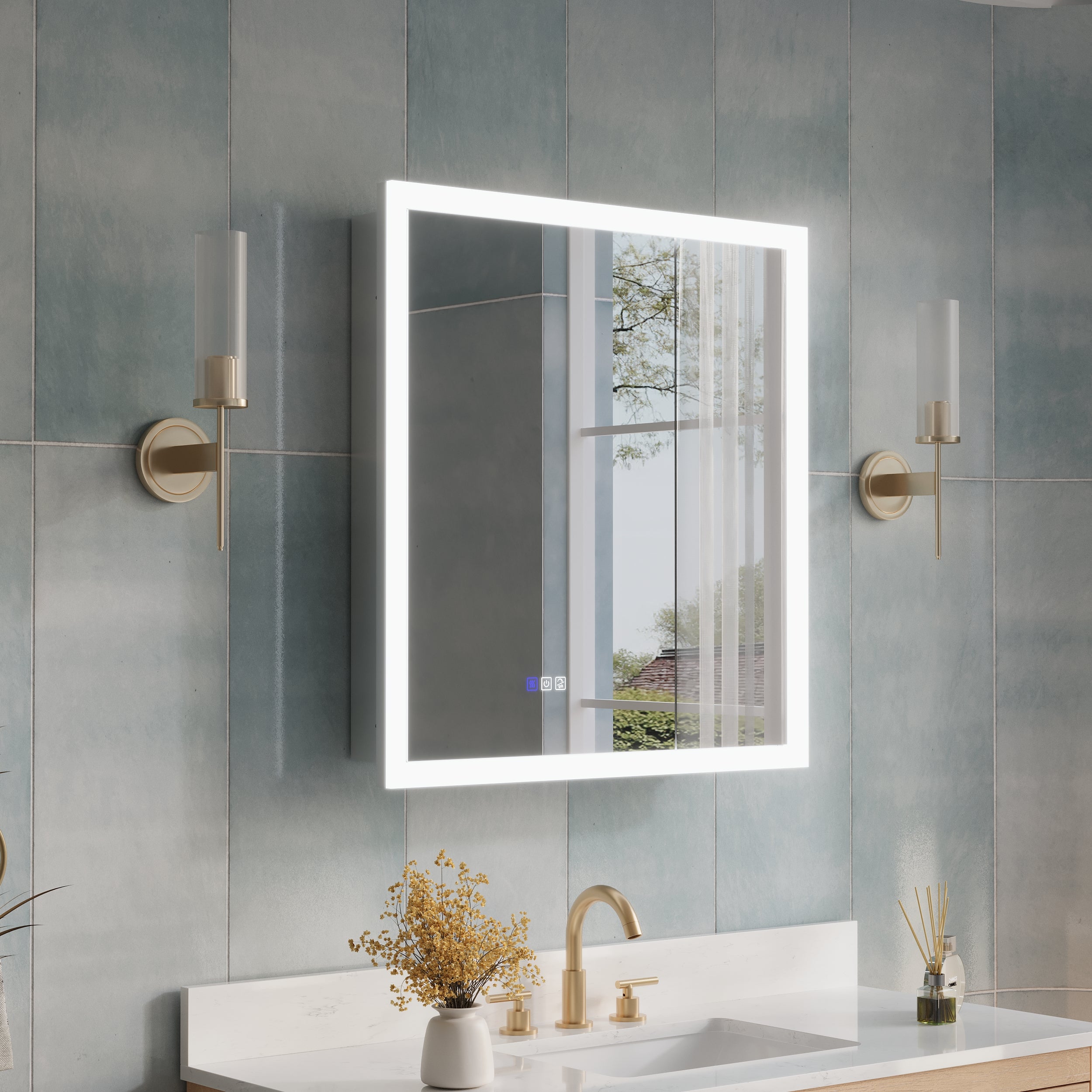
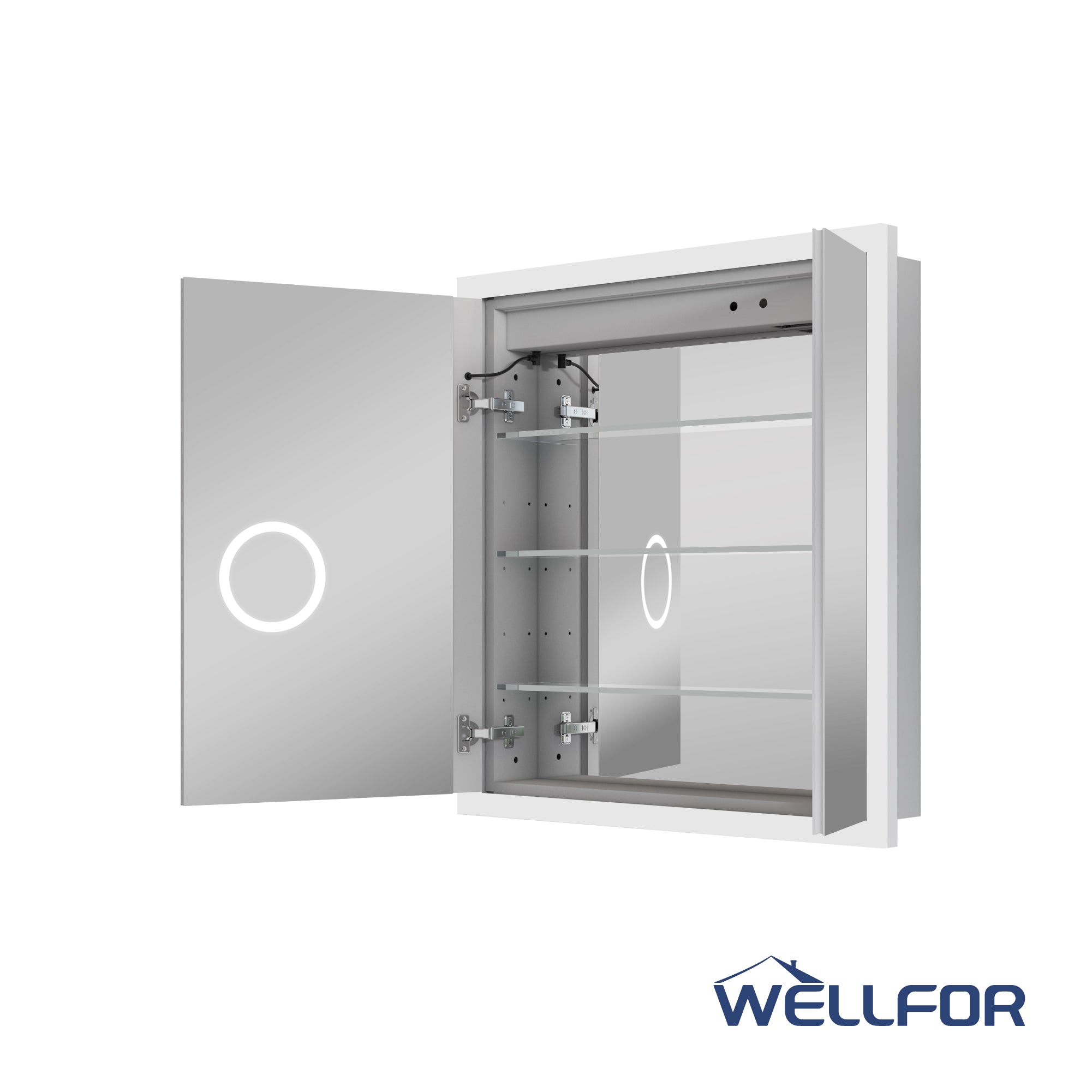
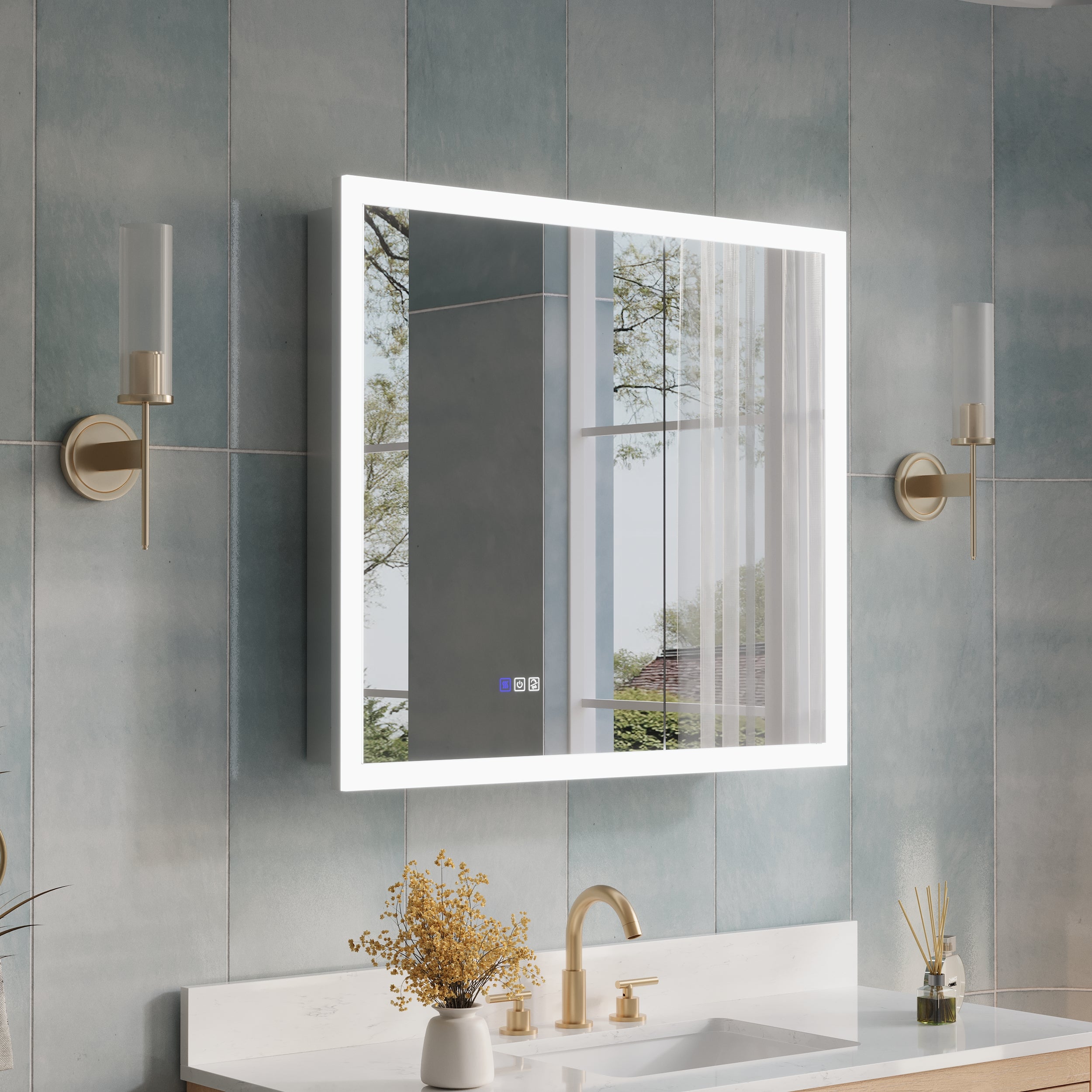

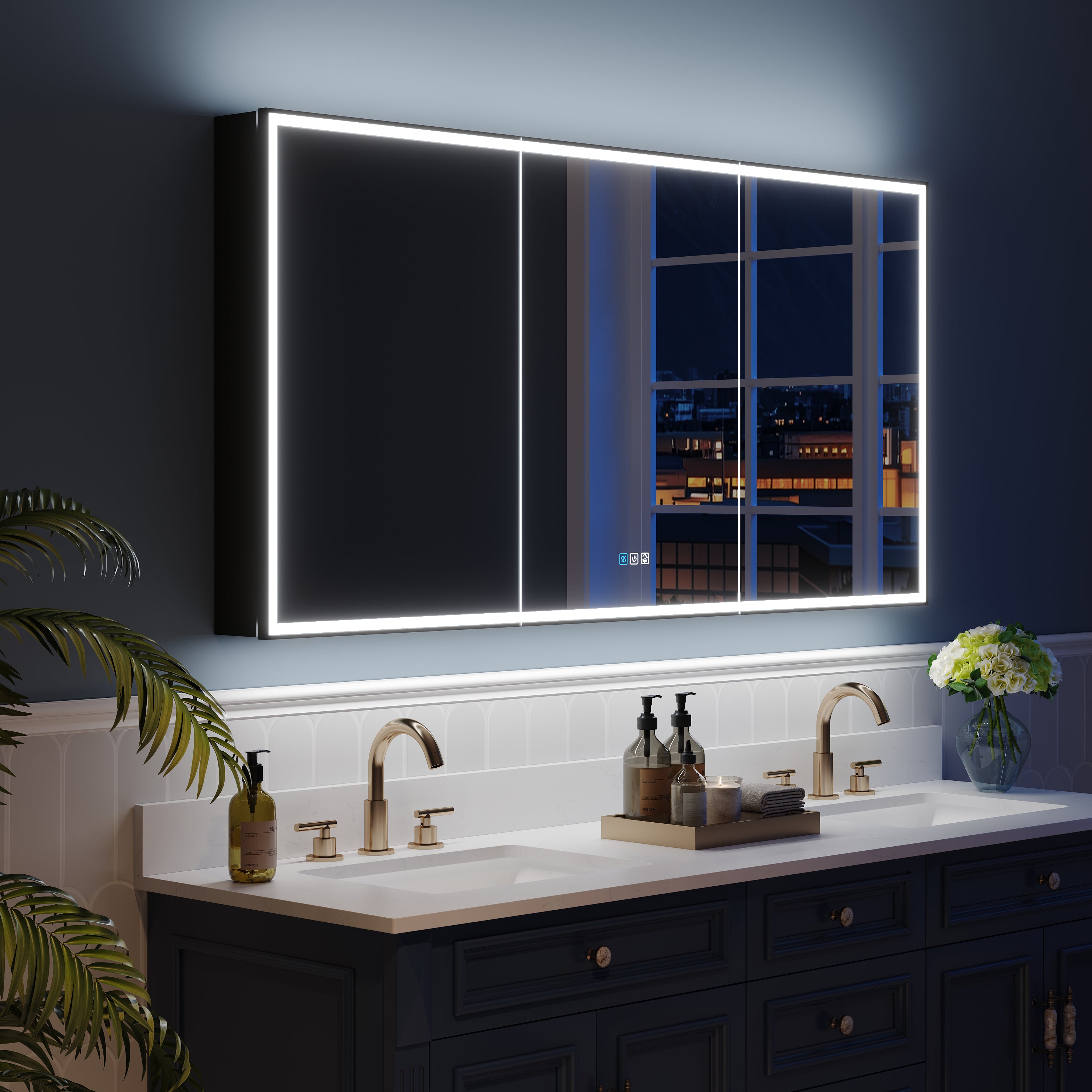
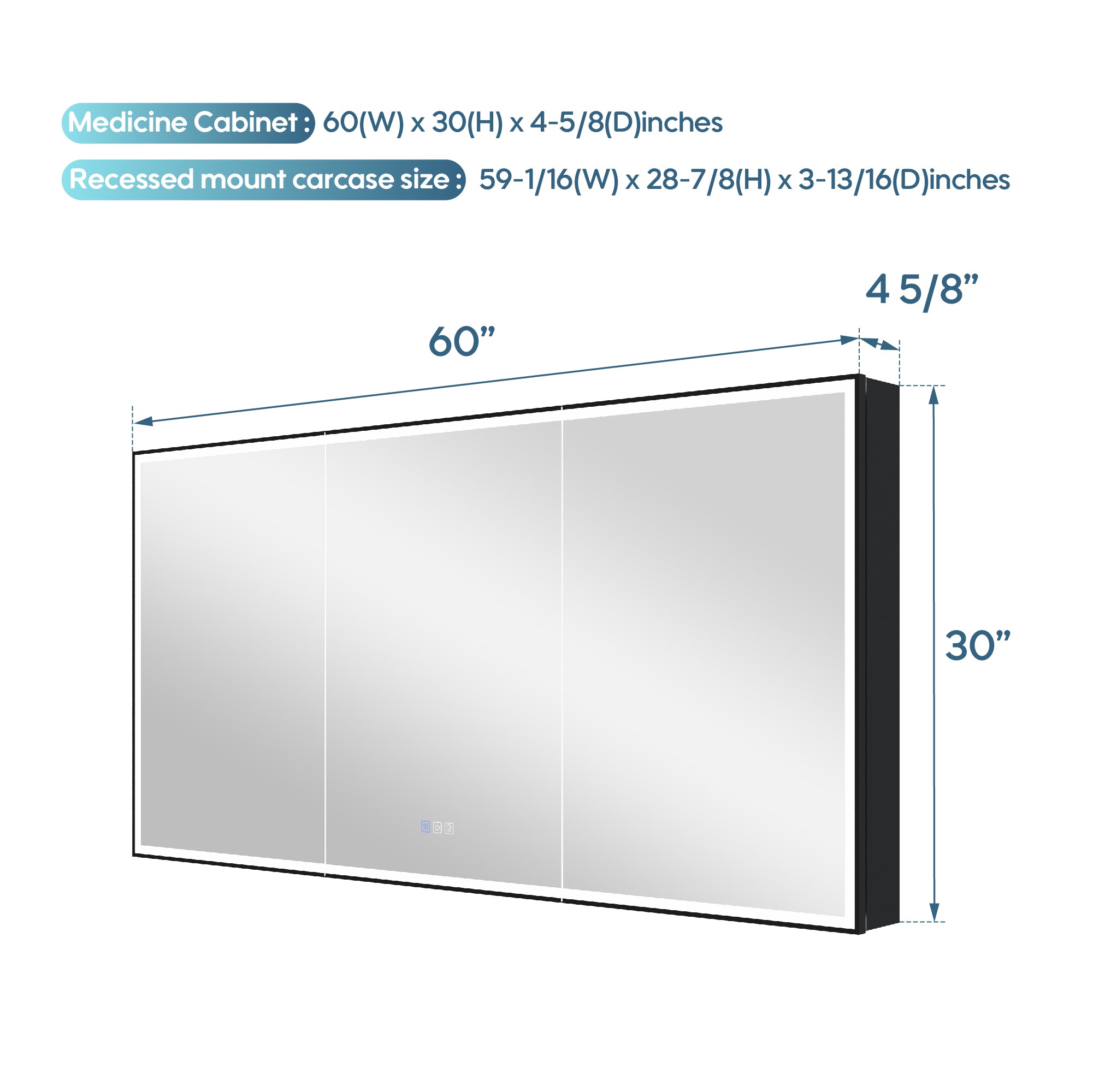
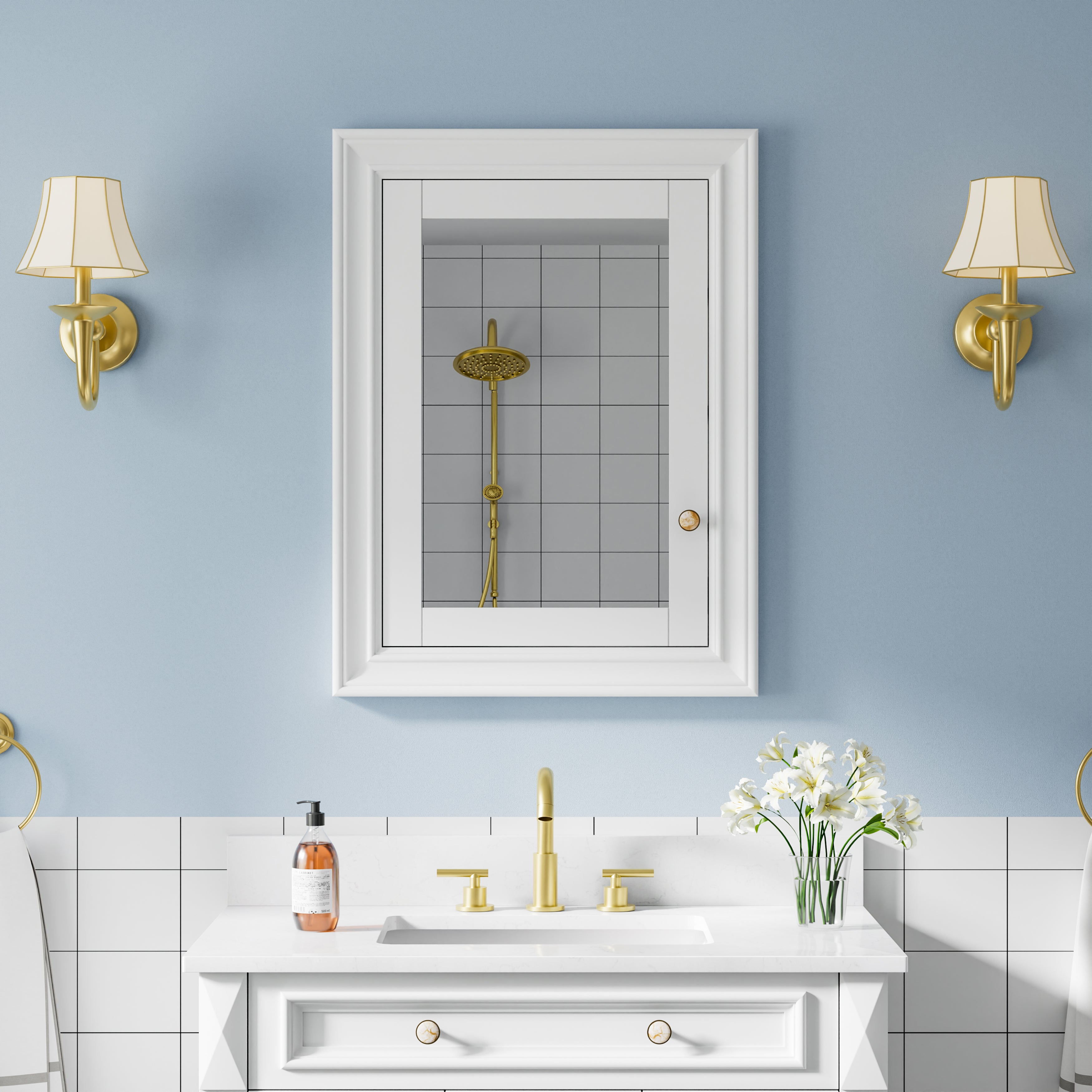


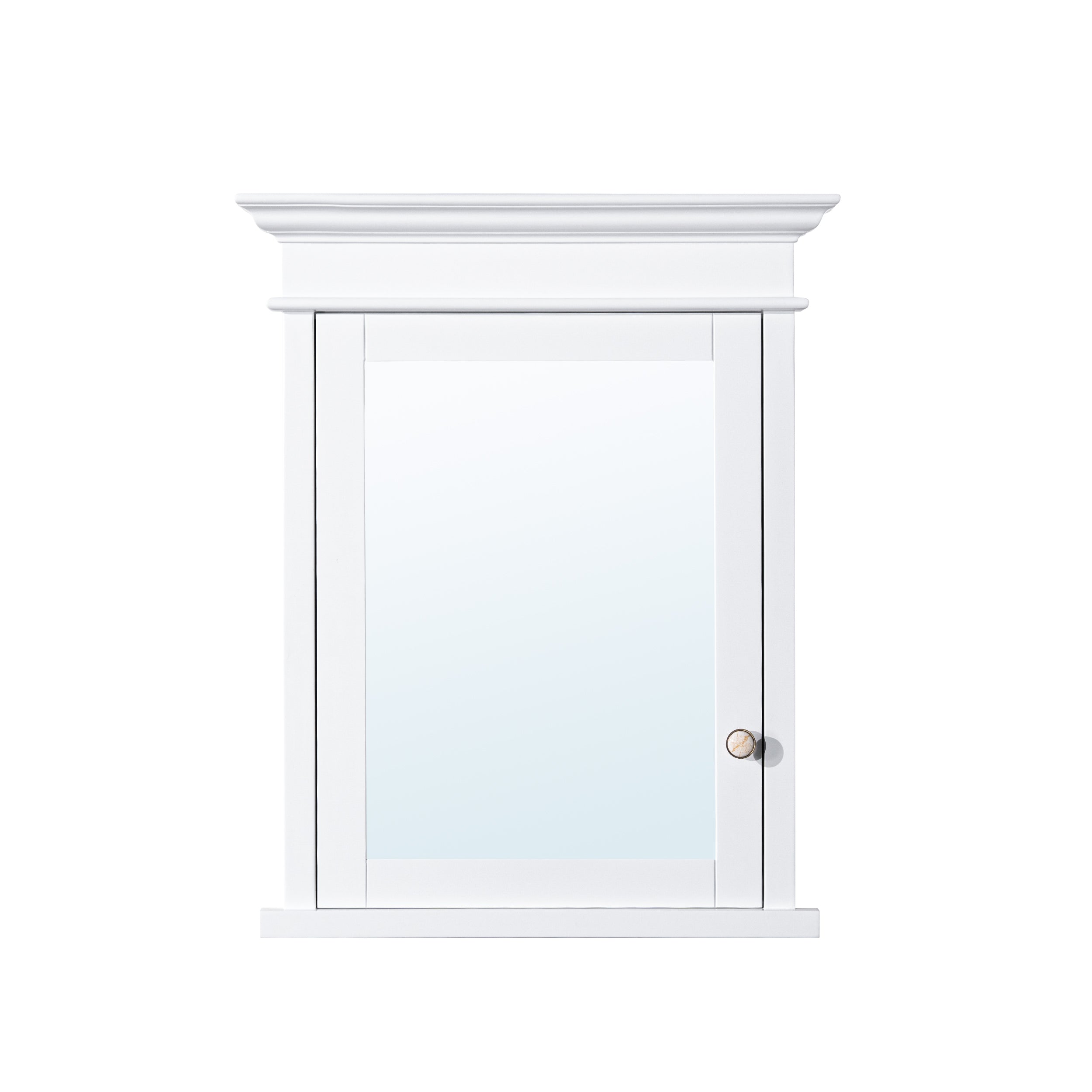

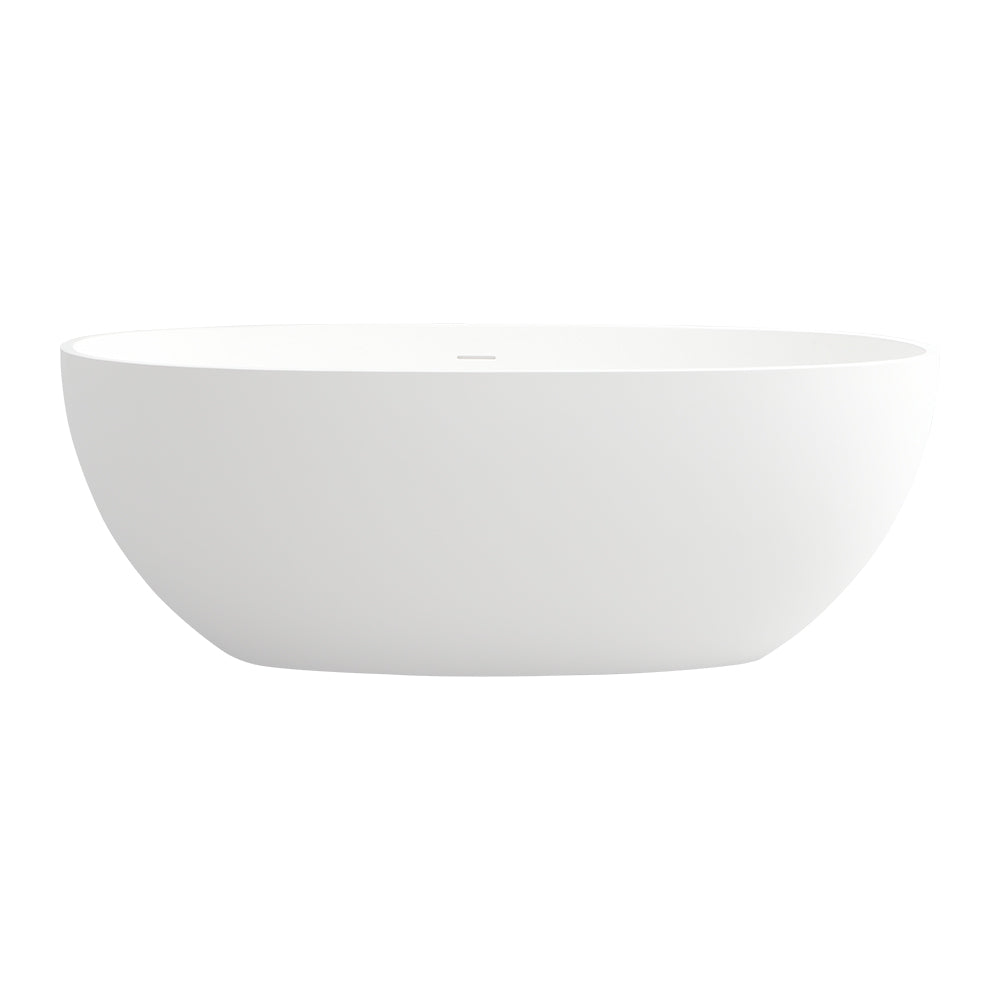


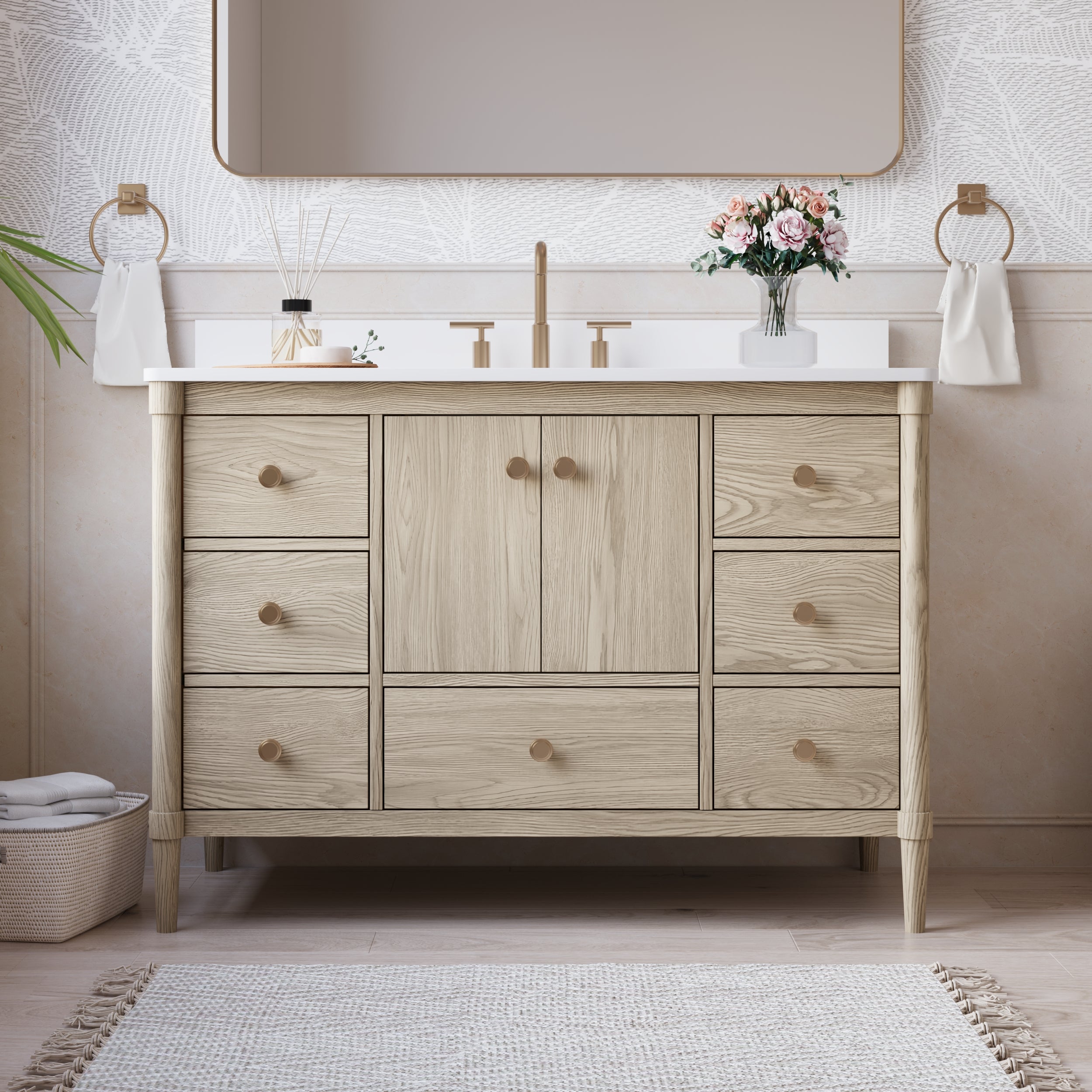
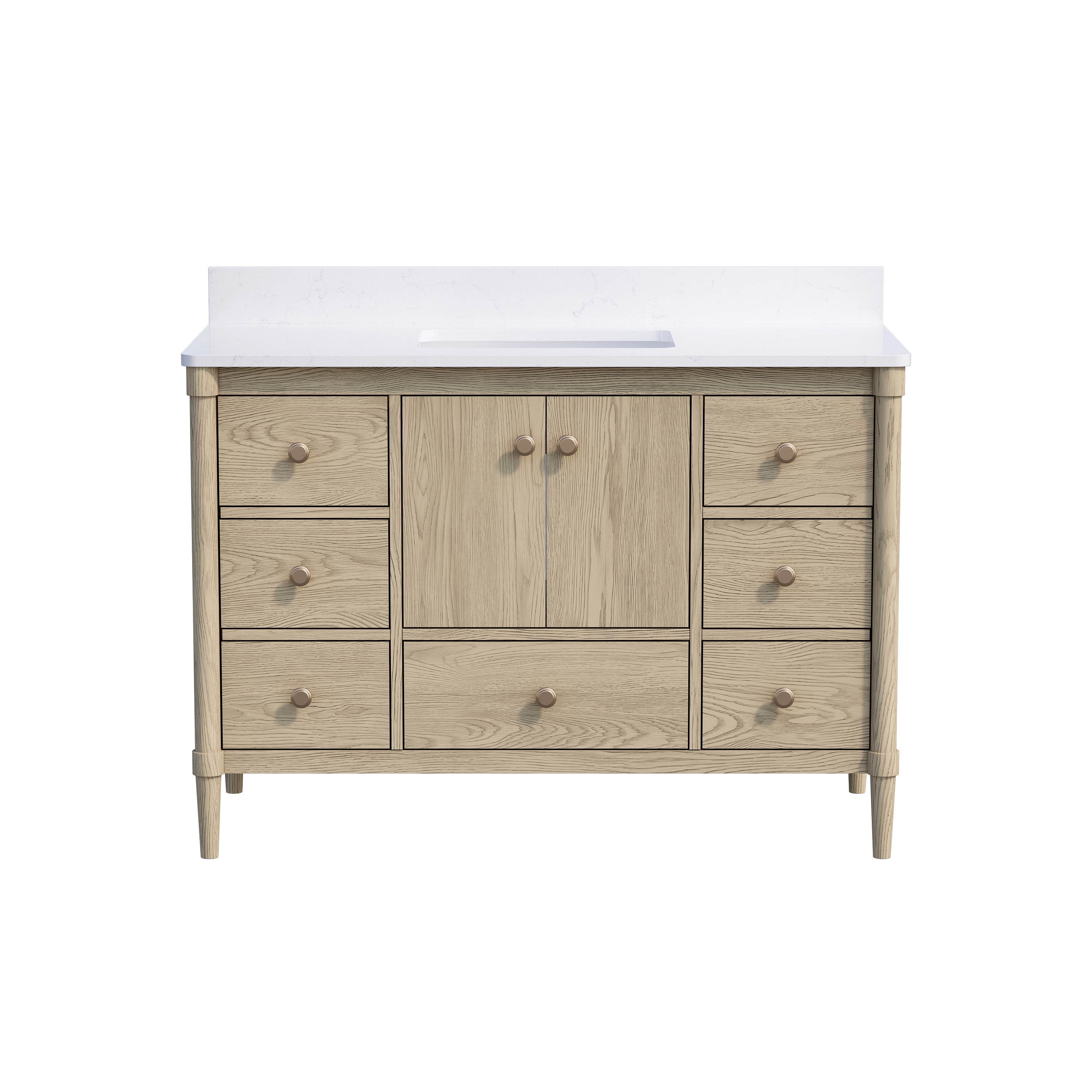
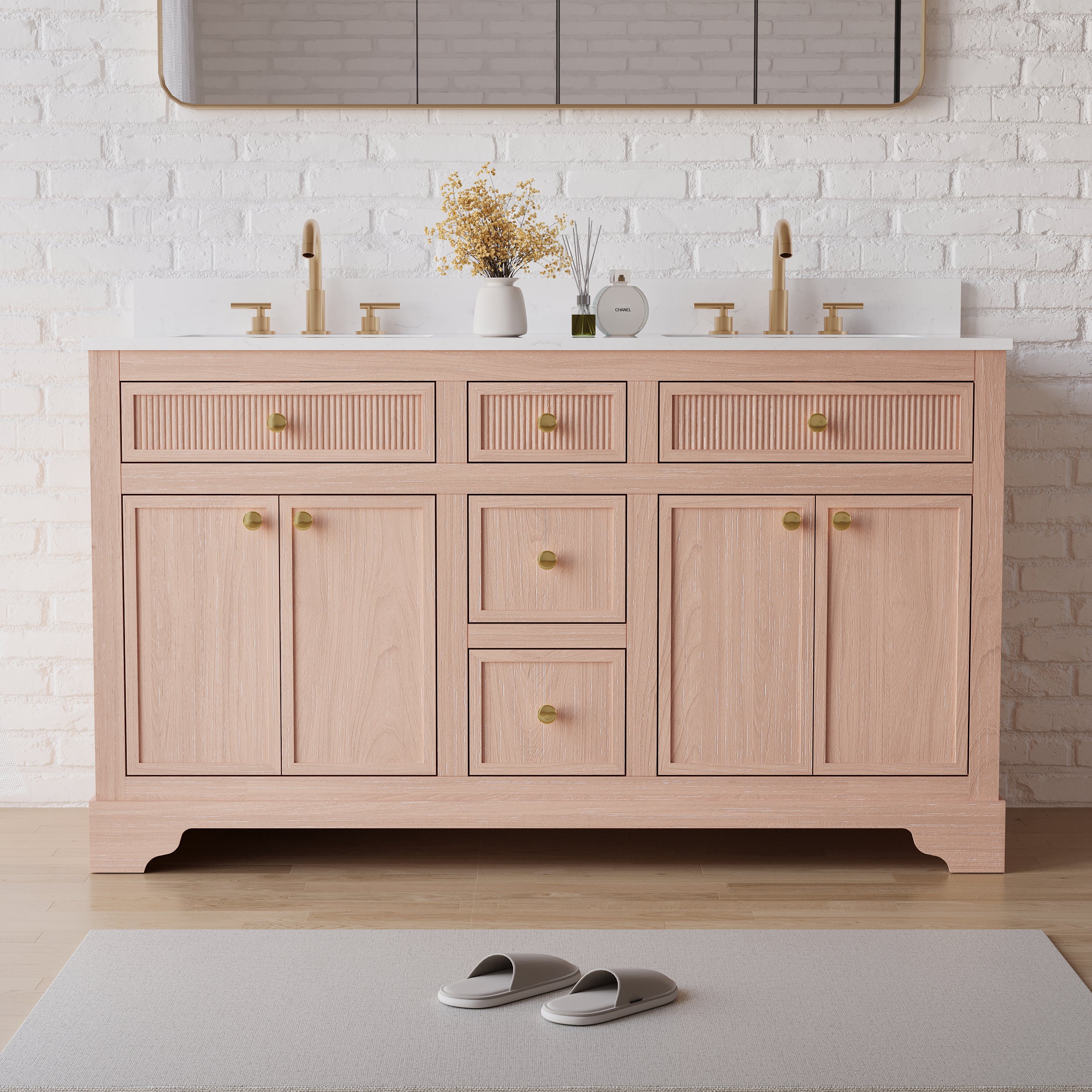



Leave a comment
This site is protected by hCaptcha and the hCaptcha Privacy Policy and Terms of Service apply.